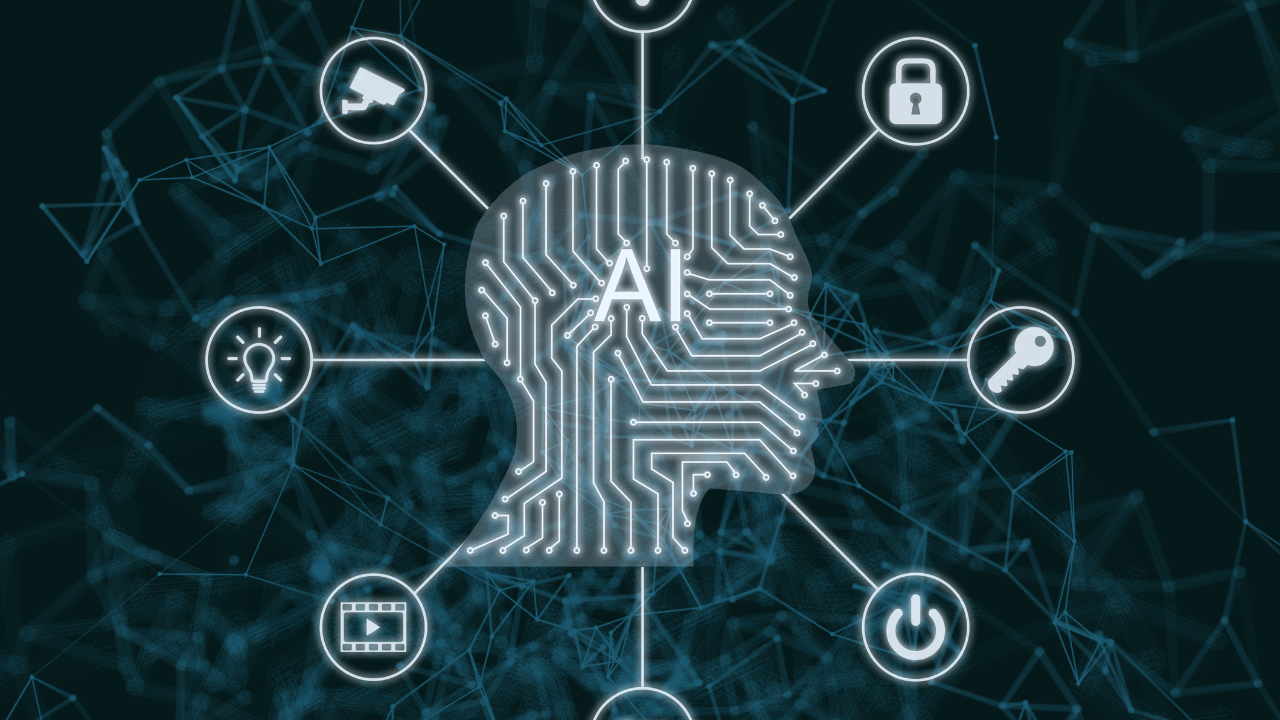



Solving the Digital Divide in Education: Overcoming Barriers for All Students
In today’s world, technology plays a huge role in how we learn, work, and communicate. This shift towards digital learning has brought many benefits, but it has also highlighted a major issue: the digital divide. The digital divide refers to the gap between people who have access to modern technology, like the internet and computers, and those who do not. This gap is especially noticeable in education, where students with limited access to technology may fall behind their peers. In this article, we’ll explore the challenges of the digital divide in education and discuss some solutions to address this growing issue.
What is the Digital Divide in Education?
The digital divide in education means that some students have easy access to the internet, computers, and digital learning tools, while others do not. This divide can be based on factors like income, location, and family resources. For example, students who live in rural or low-income areas may not have access to high-speed internet or devices like laptops or tablets. As schools continue to use technology for teaching and learning, students without proper access are at a disadvantage.
Challenges of the Digital Divide in Education
The digital divide creates several challenges for both students and teachers. These challenges can affect the quality of education, and the gap may continue to grow if not addressed properly. Let’s take a look at some of the main issues caused by this divide:
1. Lack of Access to Learning Resources
In many schools, teachers use digital tools like online learning platforms, educational apps, and multimedia resources to teach. Students without reliable internet access or devices cannot fully participate in these lessons. They may miss out on important learning materials, which can affect their ability to understand and complete assignments. As a result, these students may struggle to keep up with their peers.
2. Limited Opportunities for Skill Development
In today’s job market, digital skills are essential. From basic computer literacy to understanding advanced software, many jobs require workers to be comfortable with technology. Students without access to digital resources are missing out on opportunities to develop these important skills. This lack of exposure can impact their future career prospects.
3. Widening Educational Inequality
The digital divide also contributes to greater educational inequality. Students from wealthier families who can afford devices and high-speed internet are at an advantage. They can easily access online learning, participate in virtual classrooms, and complete assignments from home. On the other hand, students in low-income households may have to share devices with family members, or worse, have no access to technology at all. This inequality can lead to long-term disadvantages in education and beyond.
4. Social Isolation
The pandemic showed how crucial digital tools are for keeping students connected. During lockdowns, many students had to rely on online learning. However, students without internet access were isolated from their classmates and teachers. This social isolation can affect their mental health and motivation to learn. Education is not just about academics; it’s also about building social skills and relationships, which are harder to develop without access to technology.
Solutions to Address the Digital Divide in Education
While the digital divide in education presents serious challenges, there are several solutions that can help reduce this gap and provide all students with the tools they need to succeed.
1. Providing Affordable Internet Access
One of the first steps in bridging the digital divide is making sure that all students have access to affordable, reliable internet. Governments and local organizations can work to expand broadband infrastructure, especially in rural and underserved areas. Additionally, internet service providers can offer discounted or free internet plans for low-income families to ensure students can participate in online learning.
2. Distributing Devices to Students
Many schools and organizations are addressing the digital divide by providing students with devices like laptops or tablets. This allows students to access online lessons, assignments, and educational apps. Schools can offer these devices for free or at a reduced cost to families who cannot afford them. Some programs also offer the option to borrow devices for the school year, ensuring that every student has the tools they need to learn.
3. Digital Literacy Programs
Another solution is to provide digital literacy programs for both students and teachers. These programs teach essential skills, such as using the internet safely, navigating learning platforms, and basic computer skills. By offering digital literacy training, schools can ensure that students are not only able to access technology but also use it effectively for learning.
4. Public-Private Partnerships
Governments can partner with private companies to provide technology and internet access to underserved communities. For example, tech companies can donate devices or offer discounts to schools in need. Internet providers can also work with schools to offer free or affordable internet to students. Public-private partnerships can create lasting solutions and help bridge the digital divide.
5. Offline Learning Options
While technology is essential for modern education, schools should also consider offline learning options for students who cannot access the internet. Teachers can provide printed materials, pre-recorded lessons, or even use local community centers as places where students can go to access resources and participate in learning. These alternatives ensure that no student is left behind due to lack of technology.
Disclaimer:
The information provided in this article is for educational purposes only. While we aim to share accurate insights on addressing the digital divide in education, the landscape may evolve over time. MyEduGoal is not responsible for any outcomes based on the information provided. For personalized advice or guidance on digital education solutions, please consult relevant experts or institutions.
#trending #latest #DigitalDivide #EducationForAll #EqualAccessToEducation #TechInEducation #BridgingTheGap #OnlineLearning #DigitalInclusion #DigitalEducation #TechForStudents #EducationalEquity #MyEduGoal #AccessToTechnology #InternetAccess #DigitalLearning #EducationSolutions #LearningOpportunities #TechEquality #FutureOfEducation #EducationReform #TechnologyInSchools #DigitalSkills

University Internships That Help You Get a Job After Graduation... Read More.

Is It Smarter to Start at a Community College... Read More.
 Fake posts hit Czech PM Fiala's X
Fake posts hit Czech PM Fiala's X
Fake posts disrupt Czech PM Fiala's X account security
 Switzerland Tightens Export Rules
Switzerland Tightens Export Rules
Switzerland expands export controls on dual-use goods
 Google unveils Ironwood AI chip
Google unveils Ironwood AI chip
Google introduces Ironwood chip to accelerate AI tasks & apps
 TSMC Q1 revenue up 42%
TSMC Q1 revenue up 42%
TSMC sees 42% revenue surge in Q1, surpassing forecasts
 Amazon CEO Outlines AI Vision
Amazon CEO Outlines AI Vision
Amazon CEO reveals AI investment plans in new letter
 Osaka Hosts World Expo 2025
Osaka Hosts World Expo 2025
Japan blends tech and culture at Osaka Expo 2025 launch
 A16z Plans Big Bet on AI Startup
A16z Plans Big Bet on AI Startup
A16z may lead huge round in ex-OpenAI CTO’s new AI firm.
© MyEduGoal. All Rights Reserved. Design by markaziasolutions.com